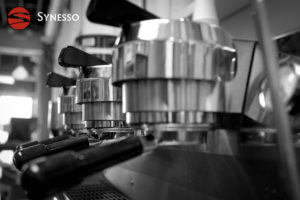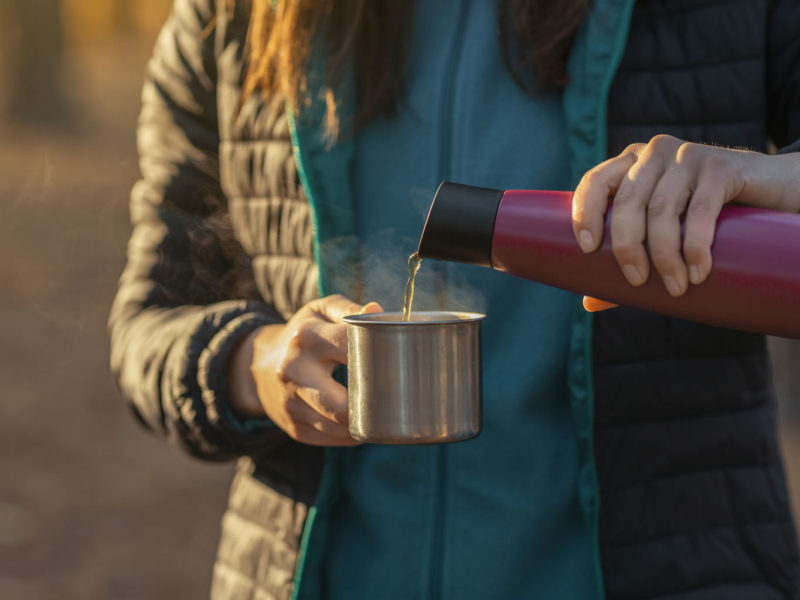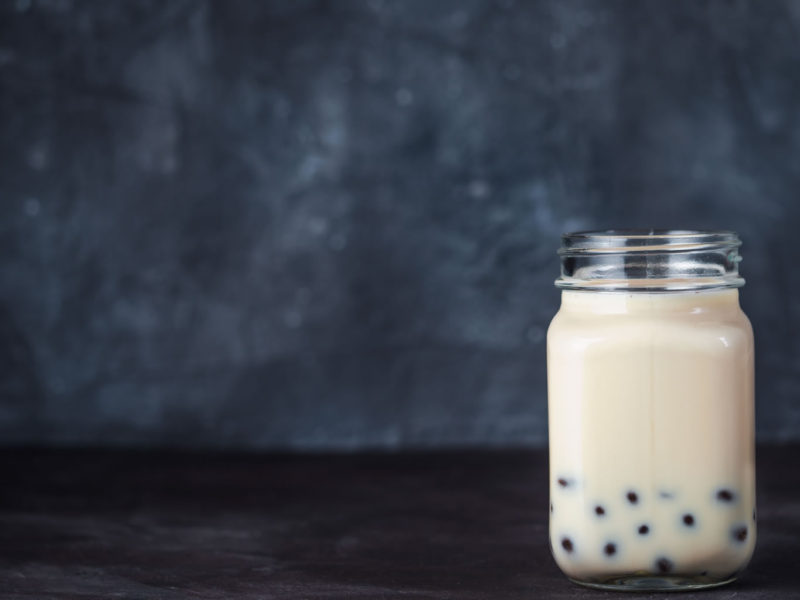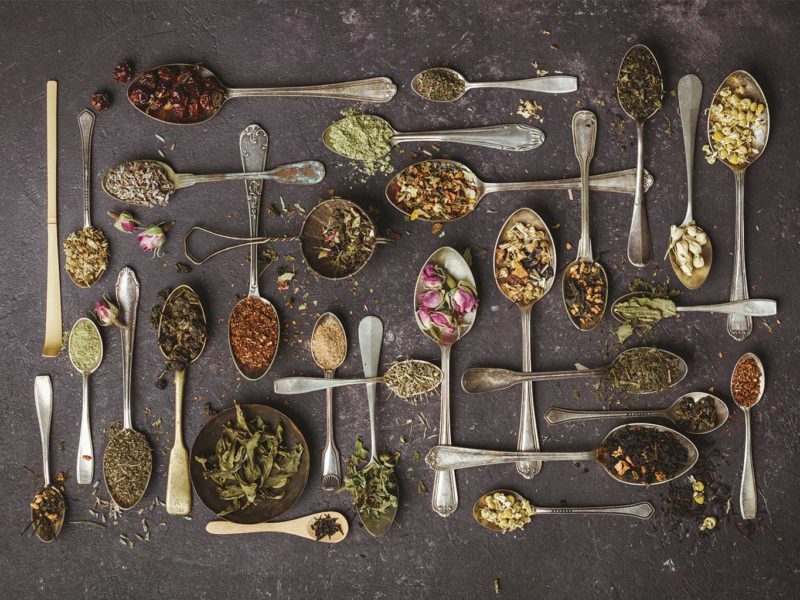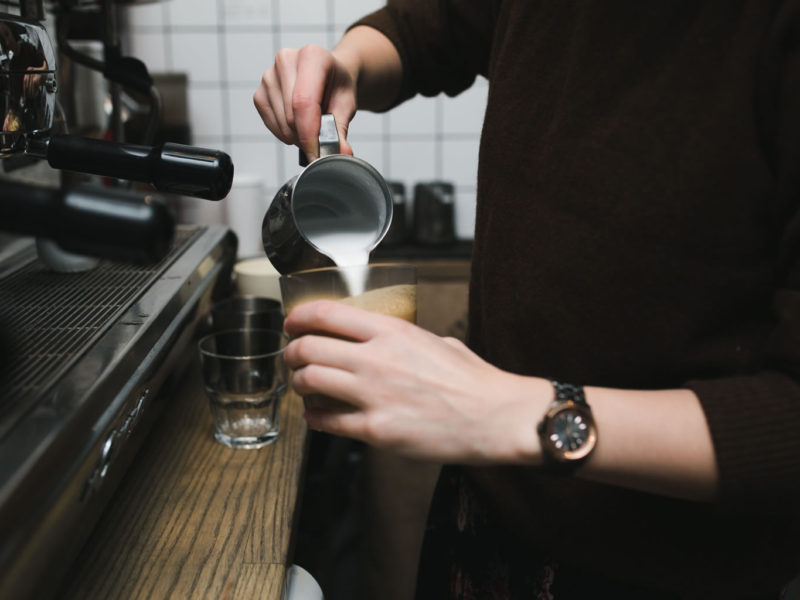Coffee is more than just a beverage; it’s a science. The process of extracting flavors from coffee grounds plays a pivotal role in determining the taste and quality of your cup. Different brewing methods yield different flavor profiles, and understanding the science behind these methods can help you brew the perfect cup every time.
Understanding Coffee Extraction
Extraction refers to the process of dissolving soluble compounds from coffee grounds into water. These compounds include acids, sugars, fats, and other elements that contribute to the flavor, aroma, and body of the coffee. The balance of these extracted compounds determines whether a coffee tastes sweet, sour, bitter, or balanced.
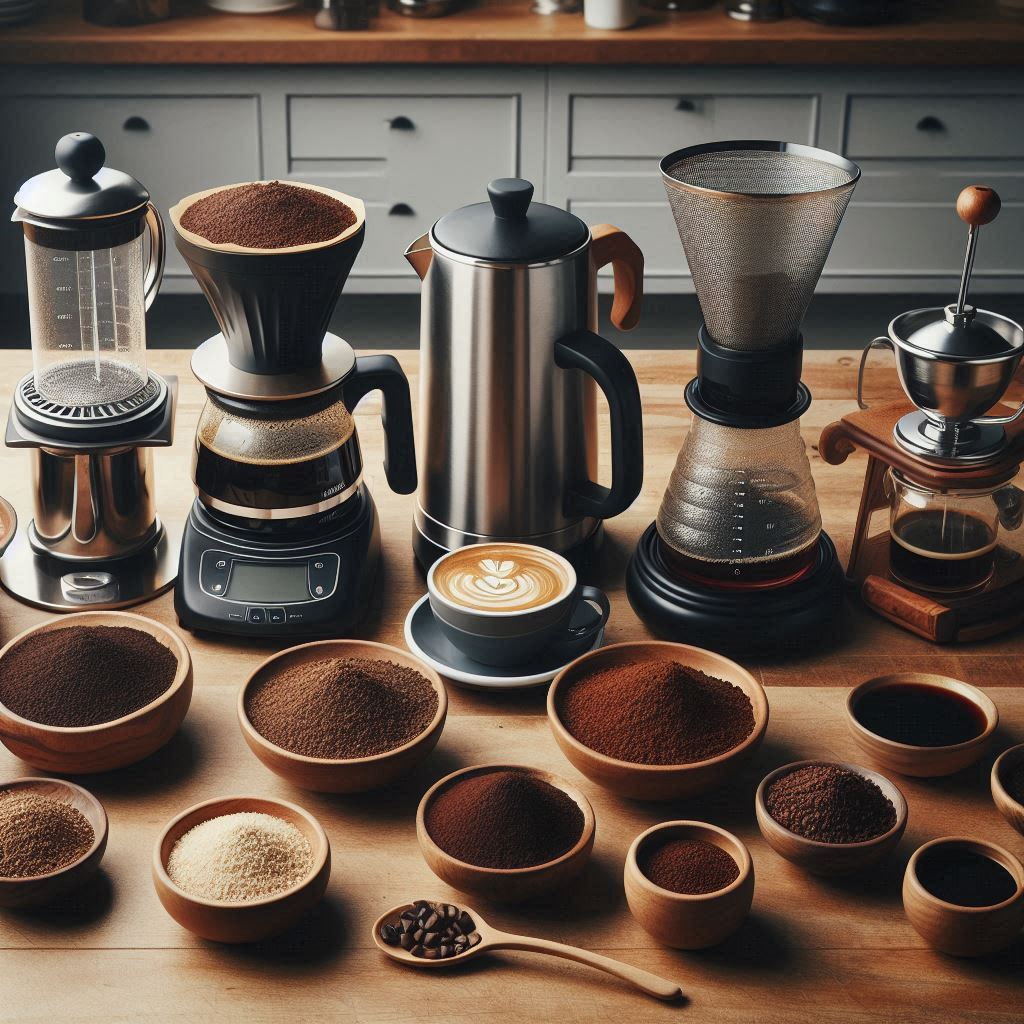
Key Factors in Coffee Extraction:
- Grind Size: The size of the coffee grounds affects the surface area exposed to water. Finer grounds extract more quickly due to increased surface area, while coarser grounds extract more slowly.
- Water Temperature: Water temperature affects the rate of extraction. Hotter water extracts compounds more quickly but can also increase bitterness if too hot. The ideal range is typically between 195°F and 205°F (90°C – 96°C).
- Brew Time: The amount of time that water is in contact with coffee grounds affects the flavor profile. Longer brew times extract more compounds, but over-extraction can lead to bitterness.
- Water-to-Coffee Ratio: The amount of water used in relation to the amount of coffee affects strength and flavor balance. The ideal ratio varies depending on the method and personal preference but is usually around 1:15 to 1:18 (coffee to water).
Different Coffee Brewing Methods and Their Impact on Flavor
Each brewing method uses a different combination of the above factors, resulting in unique flavor profiles:
1. Drip Coffee Maker
- Process: Water is heated and dripped over coffee grounds in a filter. The brewed coffee drips into a carafe.
- Flavor Profile: Clean and balanced, with moderate body and acidity.
- Science: The steady, slow drip ensures an even extraction of flavors. The paper filter traps oils and fine particles, resulting in a cleaner cup.
2. French Press
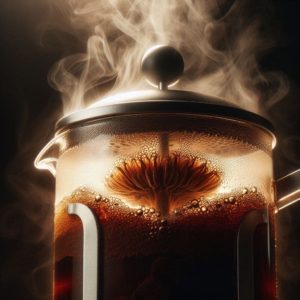
- Process: Coffee grounds are steeped in hot water for several minutes, then separated using a plunger with a metal mesh filter.
- Flavor Profile: Rich and full-bodied, with a more robust flavor and mouthfeel.
- Science: The immersion brewing method extracts more oils and fine particles, which remain in the cup due to the metal filter.
3. Espresso Machine
- Process: Hot water is forced through finely-ground coffee under high pressure.
- Flavor Profile: Intense and concentrated, with a rich crema and strong flavor notes.
- Science: The pressure and fine grind size lead to rapid extraction, maximizing flavors in a short amount of time.
4. AeroPress
- Process: Coffee is steeped in hot water for a short time and then forced through a paper or metal filter using air pressure.
- Flavor Profile: Smooth and full-bodied, with a clean finish.
- Science: The pressure aids in a faster extraction, similar to espresso, but with a longer steep time for a more controlled flavor profile.
5. Pour-Over (e.g., Chemex, V60)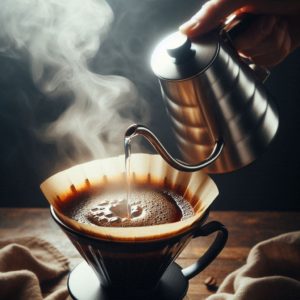
- Process: Hot water is poured over coffee grounds in a circular motion, allowing it to drip through a filter into a carafe.
- Flavor Profile: Clean, bright, and complex, with pronounced acidity and subtle flavors.
- Science: The manual pouring technique allows for precise control over the water flow, extraction time, and temperature, enhancing specific flavor notes.
Conclusion
The science behind coffee extraction is a delicate balance of variables. Understanding how each brewing method affects the extraction process allows you to customize your coffee experience. Whether you prefer a rich French press, a bright pour-over, or an intense espresso, knowing the science behind the brew helps you appreciate the nuances in every cup.
References
- Rao, S. (2014). Everything But Espresso: Professional Coffee Brewing Techniques. Scott Rao.
- Illy, A., & Viani, R. (2005). Espresso Coffee: The Science of Quality. Elsevier.
- SCAA (Specialty Coffee Association of America). (2015). The Coffee Brewing Handbook.






